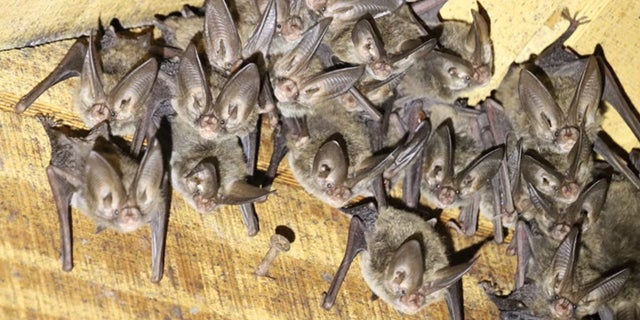The largest MS Bat Working Group has a dozen bats in Adams County, nearby – Mississippi’s Best Community Newspaper
The largest MS Bat Working Group provides a dozen bats in Adams County, the surrounding area
Published at 10:00 am Saturday, August 10, 2024
NATCHEZ – Mississippi’s Bat Working Group, Mississippi’s largest bat group in 21 years, recently visited Adams County and the surrounding area to document, learn and share information about a variety of bats. bats that live here.
The 21st annual event brought 50 participants here July 25 and 26 from eight states and provided training focused on Mississippi bat species identification and guidance on species. listed and research guidelines issued by the US Fish and Wildlife Service.
The first night, nets were set up on the Natchez Trace Parkway and Canemount Wildlife Management Area in Port Gibson. On the second night, the bats found nets in the Homochitto National Forest and the participants visited St. Catherine’s Creek National Wildlife Refuge, visiting artificial houses with Rafinesque big-eared bats and birding around the refuge’s wetlands.
Participants also took a field trip to a culvert in Claiborne County, north of Natchez, to see northern long-eared bats.
Bats have an unearned reputation for carrying rabies, which affects less than 1 percent of humans but is “a dangerous, deadly disease, so you don’t want to be take,” said Alison McCartney of the organization. US Department of Fish and Wildlife and Chair of the Mississippi Bat Task Force.
But a large research team recently visited Adams County and surrounding areas to study and educate people about the different species and learn the benefits of having them.
“People are starting to realize the benefits,” McCartney said. “All bats in Mississippi are insectivores and eat mosquitoes and agricultural insects. Sometimes bat farmers will place bat houses to attract bats as a natural poison. Texas Vampire Bats have an anticoagulant protein in their saliva that is used medicinally to help heart and stroke patients. Fruit bats in Asia and Australia act as pollinators and help regenerate forests. Their food alone gives us many benefits.”
This year brought a diverse group to Natchez that included NGOs, consultants, government agencies and a few students interested in learning about bats.
“It’s the biggest event we’ve had in the 21 years we’ve been doing it and so many countries are represented. We were able to visit 11 places in two nights, which would have taken a lot longer. without a big band,” McCartney said.
The examination lasted from 6pm to midnight each night. McCartney said: “It didn’t turn out as well as we hoped” but it wasn’t a total loss.
The team was able to capture four red bats and five dusky bats – both common species here – along with one Seminole bat, one brown bat one and one bat of three colors for a total of 12 won. All were released safely and unharmed.
The tri-colored bat is slated for the state’s endangered list, McCartney said.
“The more information we get about all bat species, the better we can protect them and educate others about them,” McCartney said. “The main purpose of these events is to create and provide an opportunity for learning and gathering information. … We have invited everyone to come, including new people to work, as an opportunity to teach.”
The Bat Task Force visits a different part of the state each year but was particularly interested in checking the Natchez-Adams County area this year because of the possibility of finding the northern long-eared bat. who was recently listed as endangered due to a deadly disease. white nose disease.
Although these bats are native to the northeastern United States, they have been recorded in the southeast and are thought to be migrating here, which would give them a better chance of survival in a shorter period of hibernation than their northern relatives.
“White-nose syndrome has reduced the population in cold climates where they go into true hibernation,” McCartney said. “There was a 99 percent reduction.”
While they didn’t find or document northern long-eared nests this time, some of these bats were documented last year in an intensive research effort, McCartney said.
“From the 1930s until last August, we only had three records. Last August, we found two new roosts. We began intensive research in the area and produced 32 new records.”
McCartney encouraged anyone interested to participate in future bat testing and conservation efforts with the Mississippi Bat Task Force.
“You don’t have to be a bat person to get involved,” he said, adding that anyone interested can contact the MDWFP Jackson Field office at 601-432-2400 or email msbats@hotmail. com.
#largest #Bat #Working #Group #dozen #bats #Adams #County #nearby #Mississippis #Community #Newspaper
